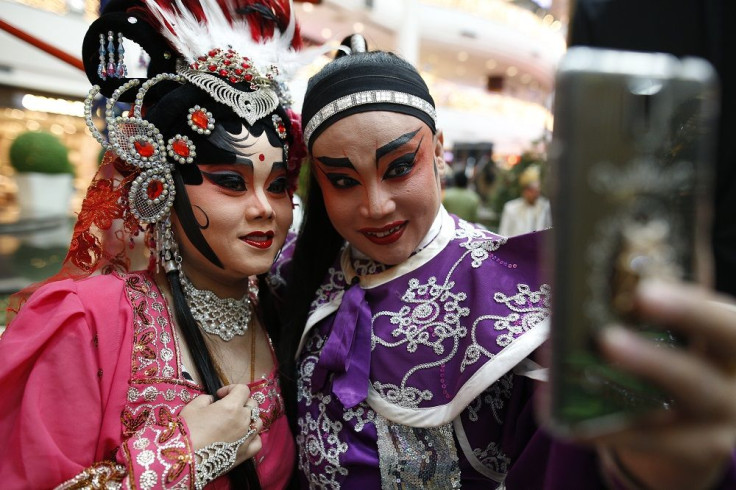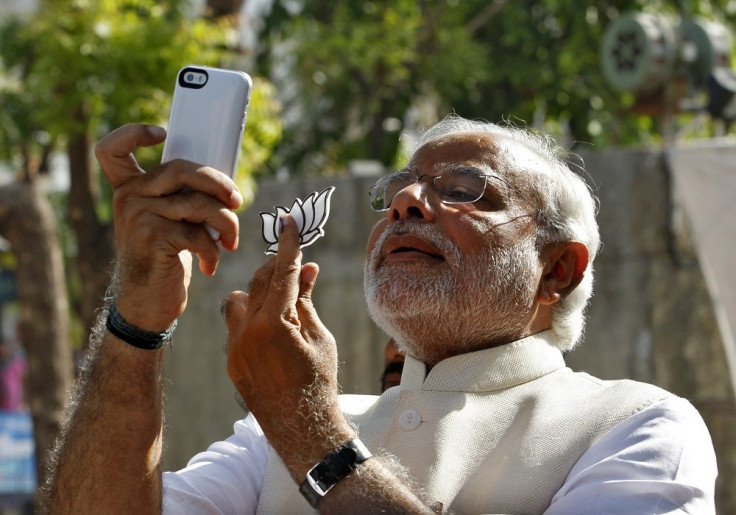Hoax Alert: American Psychiatric Association denies that it declared selfitis a mental disorder

Contrary to reports, the American Psychiatric Association (APA) did not declare selfitis, or the obsessive compulsive desire to take photos of one’s self, a disorder. Besides the taking of selfies, the alleged disorder includes posting the photos on social media as a way to make up for the lack of self-esteem and to fill a gap in intimacy.
Like us on Facebook
APA points out on its Web site, “selfitis is not in the DSM-5, but there are plenty of real mental disorders that need and deserve treatment.” DSM-5 is the new edition of Diagnostics and Statistical Manual of Mental Disorders. It took APA a decade to come up with the manual which tapped the expertise of hundreds of international specialists on all aspects of mental health.
The manual is the guide of clinicians and researchers to diagnose and classify mental disorders, based on concise and explicit criteria to make an objective assessment of symptom presentations in various clinical settings. Among the disorders that are featured in DSM-5 are autism spectrum disorder, bipolar disorders, depression, posttraumatic stress disorder and schizophrenia.
In January, the Indian Express reported on the alleged coining by the APA in 2015 of the term “selfitis” and classifying it as a mental disorder. But the daily admits the term is not yet explained in psychiatry books.
Other reports even claim there are three levels of the disorder, namely:
- Borderline selfitis : Taking photos of one’s self at least three times a day but not posting it on social media
- Acute selfitis: Taking photos of one’s self at least three times a day and posting each of the photos on social media
- Chronic selfitis: Uncontrollable urge to take photos of one’s self round the clock and posting the photos on social media more than six times a day.
The reports add that according to APA, there is currently no cure for the disorder, but temporary treatment is available through Cognitive Behavioral Therapy.
Despite the APA stand, it is fact that while selfitis is not a mental disorder, it could be deadly. On the first week of January, 18-year-old Tarannum Ansari, an Indian youth, drowned together with two college friends while taking a selfie at Bandra Bandstand.
India is actually the selfie death capital of the world with the Asian giant accounting for about 50 percent of the 27 selfie-related deaths around the world in 2015, reports The Washington Post. The incidents include selfie-takers who were hit by an oncoming train, on a boat that tipped over at a picnic, standing on a cliff that gave way and fell into a 60-foot ravine and fell down the steps at the Taj Majal.
Because of the Bandra tragedy, India declared more than 12 places in Mumbai as no-selfie zones. Indians’ love for selfies is not surprising considering that Indian Prime Minister Narendra Modi is a known selfie-taker. But then other global leaders too, such as US President Barack Obama is also into selfies, while Pope Francis willingly joins groupies often taken by youth followers.





















